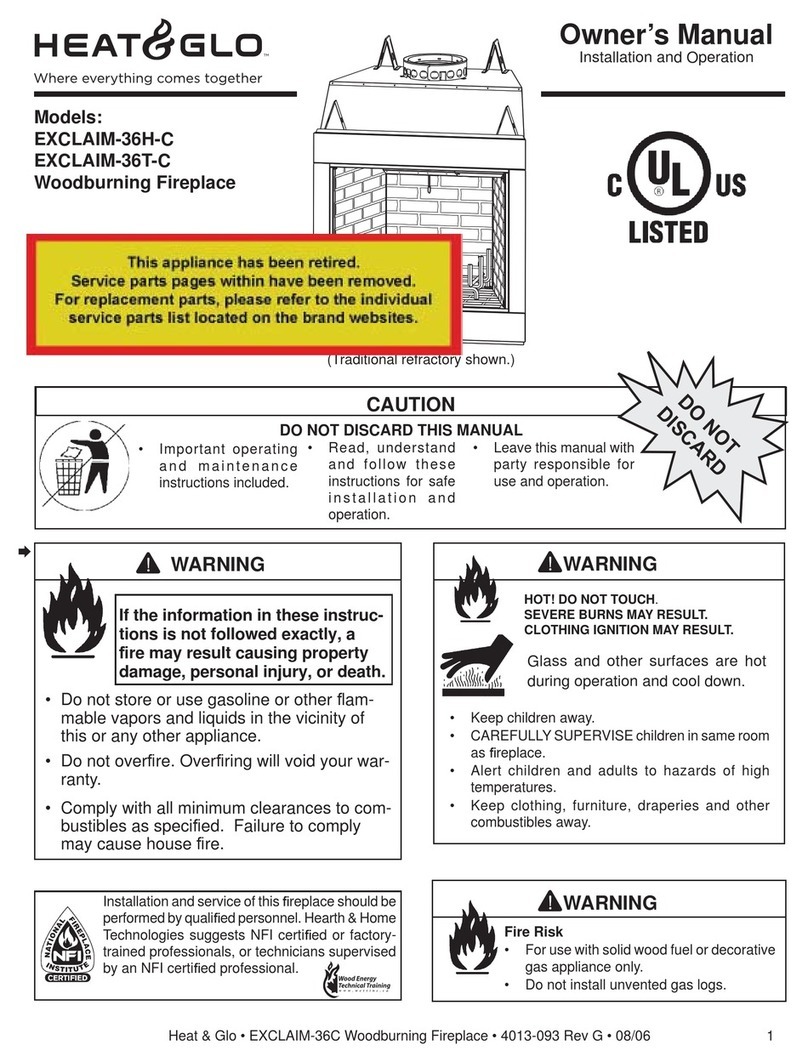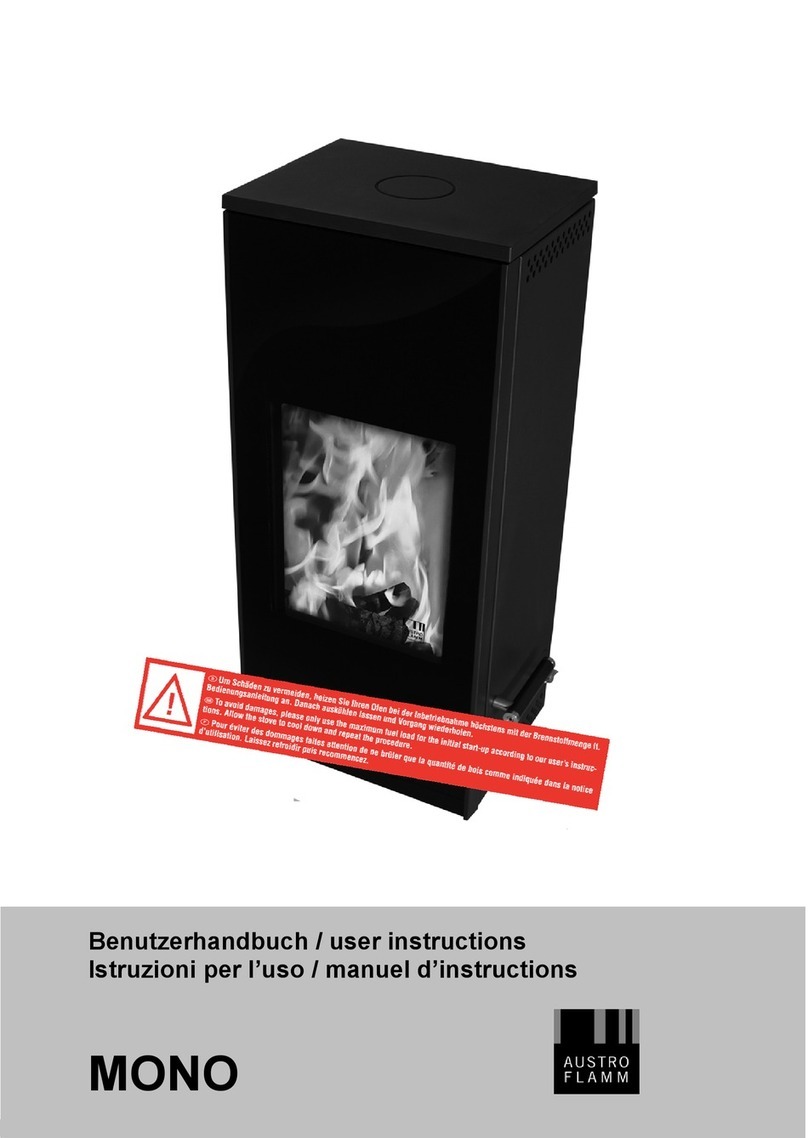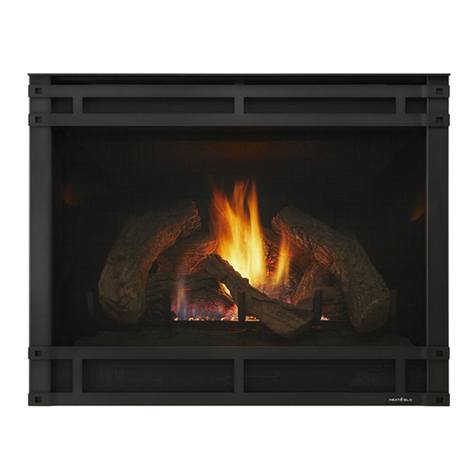Tropicair TAWA Mk III User manual

300mm 200mm200mm
1. The installation must comply with local council
regulations.
2. It is recommended that the appliance be installed
by a qualified installer, who should work in
accordance with good trade practise.
3. The unit should be installed in such a manner that
parts are accessible for inspection & maintenance.
4. There must be a clearance of at least 1metre
between the front of the Tawa Mk III & any
building structure or any other substancial
immovable object.
NB A fireplace appliance shall not be connected to
a flue common with an open fireplace.
INSTALLATION INSTRUCTIONS for the TROPICAIR TAWA Mk III
Tested & Complies with AS/NZS 2918:2001 and AS/NZS 2918:2001,App E
Complies AS/NZS 4013:1999 Emissions Rate: 0.57g/kg
Complies AS/NZS 4012:1999 Thermal Efficiency: 65.3%
ECAN Certification Number: 111879
ASH HEARTH
(a) An ash hearth—35mm thick shall extend not less than 300mm in front of the woodburner door and
be of incombustible material e.g. brick or concrete and extend 200mm on each side of the
woodburner ‘loading’ opening.
(b) BUT if the hearth is flush with the floor it shall extend not less than 400mm in front of the woodburner
door.
MANTEL
A. Any mantel must be 1180mm from hearth. If less it shall be made of heat resistant material which
shall extend upward to its underside or shall be protected by a heat resistant deflector to ensure that the
temperature of the mantle will not exceed 90*C where the fireplace opening is in a heat sensitive wall.
B. A non-metallic heat resistant material shall extend not less than 50mm beyond each side of the
appliance and 150mm beyond the top of the appliance.
1180mm hearth to mantel
HEATING Ltd
Over 30 years experience in heating manufacture
March 2006
Page 1.
Hearth 35mm thick
WARNING: THE APPLIANCE AND FLUE SYSTEM SHALL BE INSTALLED IN ACCORDANCE WITH AS/NZS 2918
AND THE APPROPRIATE REQUIREMENTS OF THE RELEVANT BUILDING CODE OR CODES.
WARNING: APPLIANCES INSTALLED IN ACCORDANCE WITH THIS STANDARD SHALL COMPLY WITH THE
REQUIREMENTS OF AN/NZS 4013 WHERE REQUIRED BY THE REGULATORY AUTHORITY I.E. THE
APPLIANCE SHALL BE IDENTIFIABLE BY A COMPLIANCE PLATE WITH THE MARKING ‘TESTED TO
AS/NZS 4013’.
ANY MODIFICATION OF THE APPLIANCE THAT HAS NOT BEEN APPROVED IN WRITING BY THE TESTING AU-
THORITY IS CONSIDERED TO BE IN BREACH OF THE APPROVAL GRANTED FOR COMPLIANCE WITH AS/NZS 4013.
CAUTION: MIXING OF APPLIANCE OR FLUE SYSTEM COMPONENTS FROM DIFFERENT SOURCES OR MODIFYING
THE DIMENSIONAL SPECIFICATION OF COMPONENTS MAY RESULT IN HAZARDOUS CONDITIONS.
WHERE SUCH ACTIONIS CONSIDERED, THE MANUFACTURER SHOULD BE CONSULTED IN THE FIRST
INSTANCE.
CAUTION: CRACKED AND BROKEN COMPONENTS, E.G. DOOR GLASS OR CERAMIC TILES, MAY RENDER THE
INSTALLATION UNSAFE.
WARNING: DO NOT CONNECT TO AN UNVENTED HOT WATER SYSTEM.
INSTALL IN ACCORDANCE WITH AS 3500.4.1 OR NZS 4603 AND THE APPROPRIATE REQUIREMENTS OF THE
RELEVANT BUILDING CODE OR CODES.

Combustion
Air from room
Increase from
1000mm min. until
clear within
3000mm of flue top
3000mm
Installation of TROPICAIR TAWA Mk III
inbuilt woodburner & TROPICAIR Flue kit
Always install our manufacturers flue kit with the Tawa
or a kit which complies with AS/NZS 2918:2001
1. Measure fireplace and ensure minimum opening
size of 600 wide x 600 high x 500 deep is available
after firebricks are removed.
2. The flue shall be swept and chimney thoroughly
examined for soundness by the installer. Check
chimney terminates at least 600mm above the ridge, if
not, extra flue and liner will be needed. A minimum of
3600mm of flue height is recommended for correct flue
draft.
3. After brick work in chimney is removed and made
level, mark centre line of heater spigot on fireplace floor
by drawing line across face of fireplace and measuring
320mm
4. Hang a plumb from the top of chimney to the centre
at bottom, if they cannot meet, an offset bend will be
required to meet up with flue.
5. Join required flues together with the swaged end
down using s/s pop rivets or self-tapping screws. Fix
offset where required to bottom of flue
6. Lift flue out of heaters way, push heater into place
level with fireplace front. Lower flue into top of flue
collar on heater.
7. Top of flue to finish with top of chimney pot or with
top of extra outer sleeve (if this has been required). Fix
spacer to top and drop cowl (as shown in fig. 1) and
secure.
8. Seismic restraints—Fix heater securely to fireplace
floor using 8mm dynabolts.
9. Fix heater fascia back to heater body with self
tapping screws. If fascia is smaller than the fireplace
opening, metal panels are to be fitted.(available at
Tropicair)
fig. 1
Cone cowl
150mm
flue
insulation
back,
sides &
top
flue
spacer
chimney
pot
chimney
Tawa Mk III fascia
lintel
Mantel
1180mm
from
hearth
Chimney
shield if
required
3000mm
or less
600mm
Above roof
More than 3000mm
Minimum Flue Height
Page 2.
Ash catcher
Seismic restraint
NB This appliance and flue kit should not be modified in any way without written approval from the manufacturer.
Heated air
thro’ louvres
N.B.
This is an inbuilt woodburner with
the TROPICAIR flue kit installed up
a masonry chimney, therefore
roof flashing is NOT required.

WARNING: ANY MODIFICATION OF THE APPLIANCE THAT HAS NOT BEEN APPROVED IN WRITING BY THE TESTING AUTHORITY
IS CONSIDERED AS BREACHING AS/NZS 4013.
WARNING: DO NOT USE FLAMMABLE LIQUIDS OR AEROSOLS TO START OR REKINDLE THE WOODBURNER.
WARNING: DO NOT USE FLAMMABLE LIQUIDS OR AEROSOLS IN THE VICINITY OF THIS APPLIANCE WHEN IT IS OPERATING.
WARNING: DO NOT STORE WOOD WITHIN WOODBURNER INSTALLATION CLEARANCES OR WITHIN SPACE REQUIRED FOR
REFUELLING OR ASH REMOVAL.
WARNING: WHEN OPERATING THIS APPLIANCE AS AN OPEN FIRE USE A FIRE SCREEN.
WARNING: OPEN AIR CONTROL BEFORE OPENING WOODBURNER DOOR.
CAUTION: THIS APPLIANCE SHOULD NOT BE OPERATED WITH A CRACKED GLASS.
CAUTION: THIS APPLIANCE SHOULD BE MAINTAINED AND OPERATED AT ALL TIME IN ACCORDANCE WITH THESE INSTRUCTIONS.
CAUTION: THE USE OF SOME TYPES OF PRESERVATIVE-TREATED WOOD AS FUEL CAN BE HAZARDOUS.
OPERATING
The airslide is the only control on a Tropicair Tawa Mk III woodburner. Slide right for fully open—high burning. Slide
left for reduced air intake - slower burning. The airslide can be adjusted mid-way.
To avoid creosote formation, a small intense fire is preferable to a large smouldering one. When wood is burned
slowly it produces tar and vapours which combine and condense in the cooling flue to form creosote residue inside
the flue. WARNNG: If ignited creosote burns very hot and could result in a chimney fire. It is therefore important
to have the flue cleaned regularly.
WARNING: IN THE EVENT OF A CHIMNEY FIRE, CLOSE THE FIREBOX DOOR, CLOSE OFF THE AIR CONTROL, VACATE
THE PREMISES AND CALL THE FIRE SERVICE.
LIGHTING
Move aislide to high. Place crumpled paper with kindling on top at the front of the firebox. Gradually add 2-3 smaller
logs until fire is established. Operate about 20-30 mins. on high until firebox is fully heated and a hot roling flame
appears through the glass. Avoid slamming the door or letting any object hit the glass.
FIRST BURNING—For your comfort open window for 15-30 mins. until paint fumes have disbursed.
LONGER BURNING—Make sure a good bed of embers exists and the woodburner is hot before trying to establish
longer burning. Move airlide to high and open woodburner door slowly before loading logs. Close woodburner door
and leave on high for 5-10 mins. before turning to low setting and the flames die down. Do not overfill the
woodburner.
RESTARTING—Move airslide to high and rake embers forward. These should start to glow as air is introduced. Add
smaller pieces of wood and it should start in a few minutes.
DO NOT use chemical fluids (e.g. petrol, kerosine, lighter fluid etc.) to start unit.
REFUELLING—For normal refuelling, move airslide to high setting and open the woodburner door slowly. A
woodburner door opened quickly could result in smoke entering the room.
WOOD
A woodburner’s performance can be affected by external factors e.g. the type of fuel and its moisture content,
weather conditions, the size and layout of a home and its insulation. It is advisable to order your wood in the summer
for the following winter. A mixture of woods is best. All types of well-seasoned wood may be used but DO NOT use
treated timber which may emit poisonous gases and leave toxic residue in the woodburner and flue.
MOISTURE CONTENT—Moisture content of wood greatly affects the performance of your woodburner and is most
important in clean air zones, where moisture content of wood must only be 16-20%.
Soft wood(e.g. pine, willow) may dry in 6 months. Soft wood burns faster with a high heat output - great for
establishing the fire but leaves more ash, needs refuelling more often and may deposite more creosote in the flue.
Wet wood will produce hardly any heat (but will eventually burn) because about 80% of the energy goes into drying
it instead of giving heat. It will spit and splutter causing creosote to form on the glass and in the flue so the flue will
need cleaning more often.
N B Heat is better regulated by the amount loaded than by using the airslide.
CLEANING
ASH REMOVAL —Once a month or when filled to the lip of the firebox.Woodurners operate best with a layer of ash at
the bottom of the firebox so leave a thin layer when removing ash. Dispose in a metal container with a lid and move
outside, immediately away from other combustible materials.
FLUE—Flue cleanliness is largely dependent on use of properly seasoned wood and the operation of your
woodburner. Normally flue cleaning should be done once a year but if wet wood has been used or the woodburner
operated continuously on low burn more frequent cleaning will be required.
NB Tropicair units have removable double combustion plates for proper flue cleaning.
GLASS—When fire is out, cold glass can be cleaned with mild detergent. Dampened, scrunched newspaper dipped
in ash is a good abrasive to clean off residue.
OPERATING INSTRUCTIONS for TROPICAIR TAWA Mk III inbuilt woodburner
Keep these instructions for future reference
Page 3.

Replacement parts may be obtained from :-
Tropicair Heating Ltd, PO Box 4220, CHRISTCHURCH.
Your Tropicair woodburner SHOULD NOT be modified in any way
without the approval of the manufacturer,
Tropicair Heating Ltd.
PARTS FOR TROPICAIR TAWA Mk III
DOOR
GLASS
WITH
SEAL
DOOR
FIRE BRICK BAFFLE -
8 FIREBRICKS
BOTTOM
LOUVRES
FASCIA
INBUILT CABINET
FIRE BOX
back airtube
front airtube
Trouble Shooting Guide
If smoke comes in to the room when the woodburner door is opened . . .
The flue may be blocked which means having the flue cleaned.
There may be insufficient draught which either means the flue is blocked or it may need lengthening
— Have the flue extended or cleaned.
If the glass keeps getting dirty . . .
The fire is not burning hot enough so move the air slide to increase air intake.
There may be insufficient draught which could be caused by a blocked flue or an incorrect
flue length — Have the flue cleaned or extended.
If there does notseem to be enough heat output . . .
The wood being used may have a higher moisture content than is adviseable—Try dry wood.
The installation may not be quite correct—Check with your installer.
TOP
LOUVRES
Page 4.
Table of contents
Other Tropicair Indoor Fireplace manuals
Popular Indoor Fireplace manuals by other brands
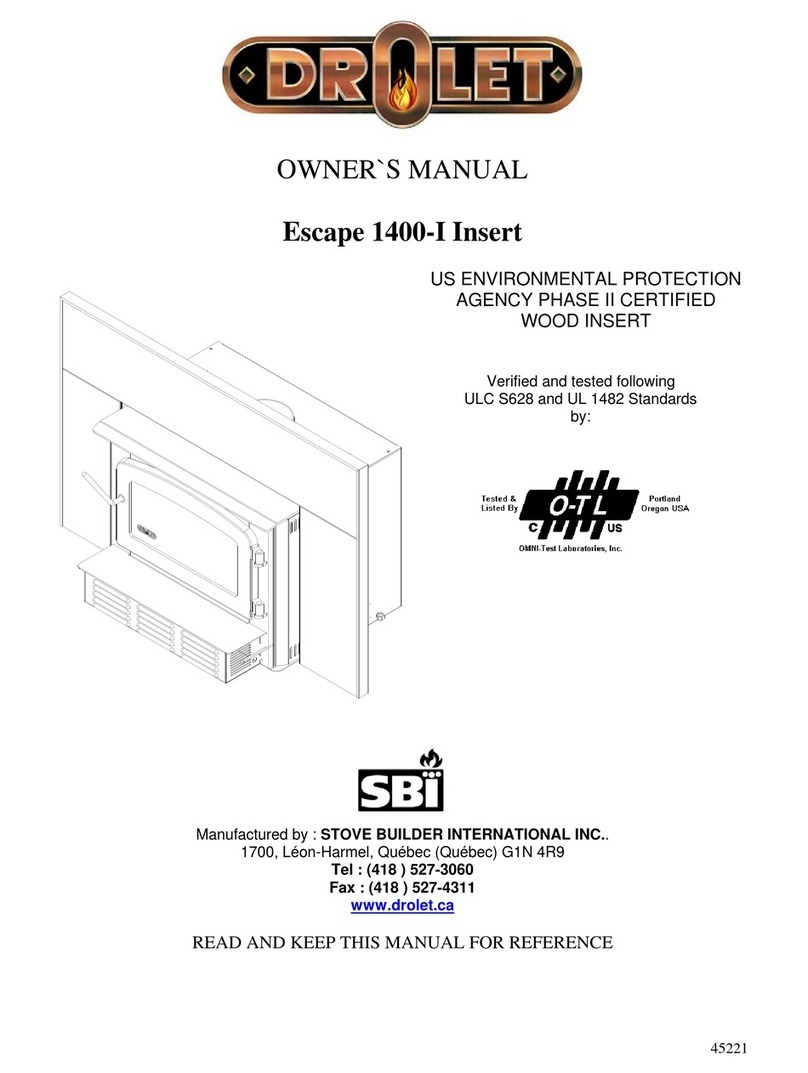
Stove Builder International
Stove Builder International Drolet Escape 1400-I owner's manual
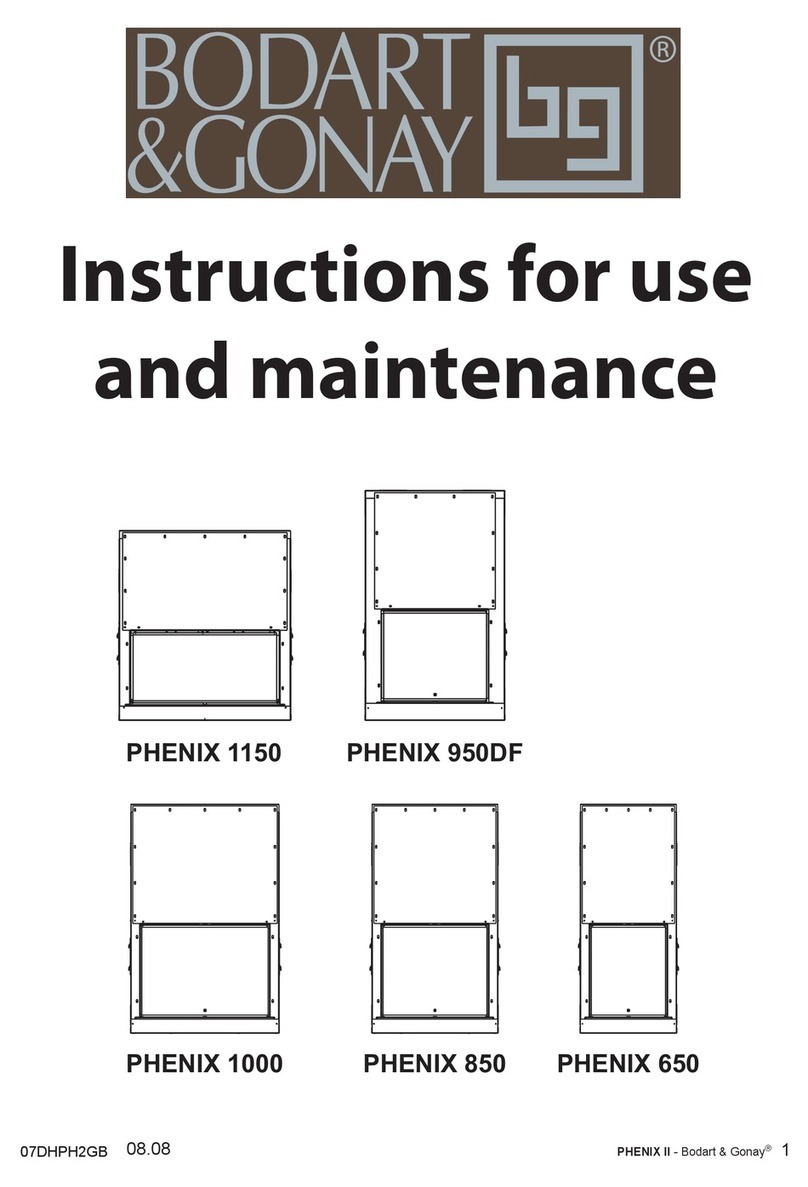
Bodart & Gonay
Bodart & Gonay PHENIX 1150 Instructions for use and maintenance
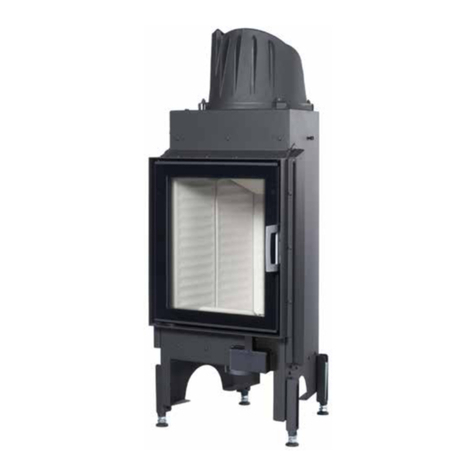
Austro Flamm
Austro Flamm 45x operating manual

Heat & Glo
Heat & Glo PIER-HVB-CE Installer's guide
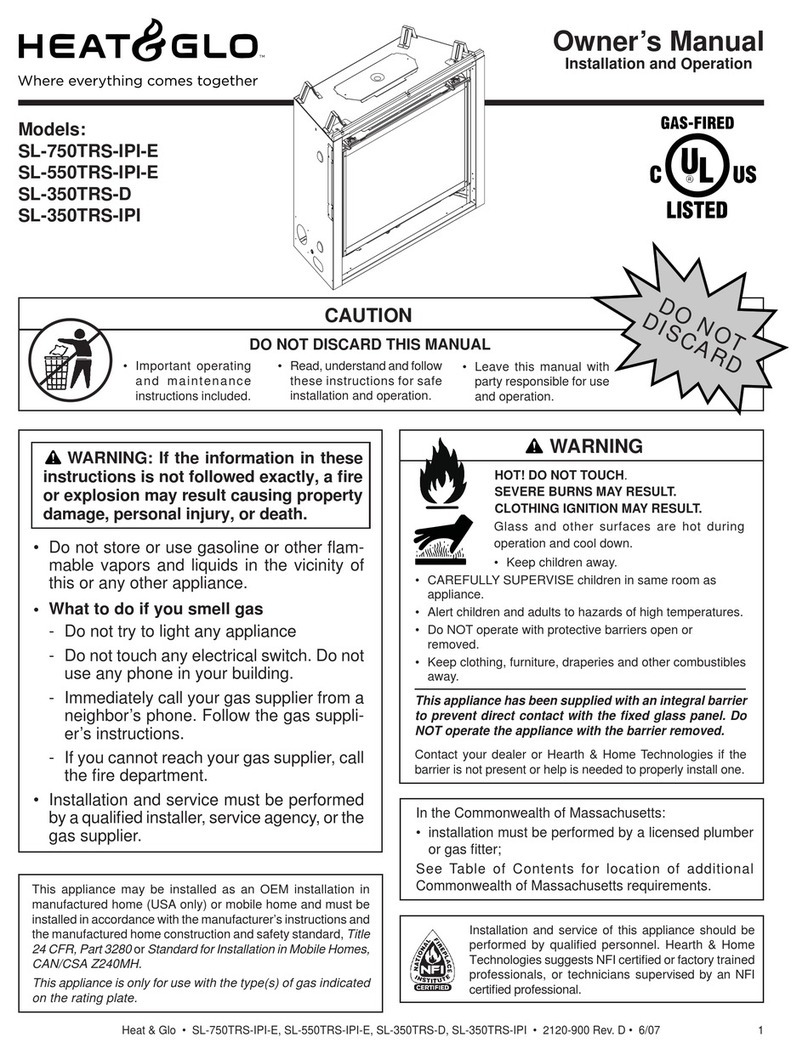
Heat & Glo
Heat & Glo SL-350TRS-D owner's manual
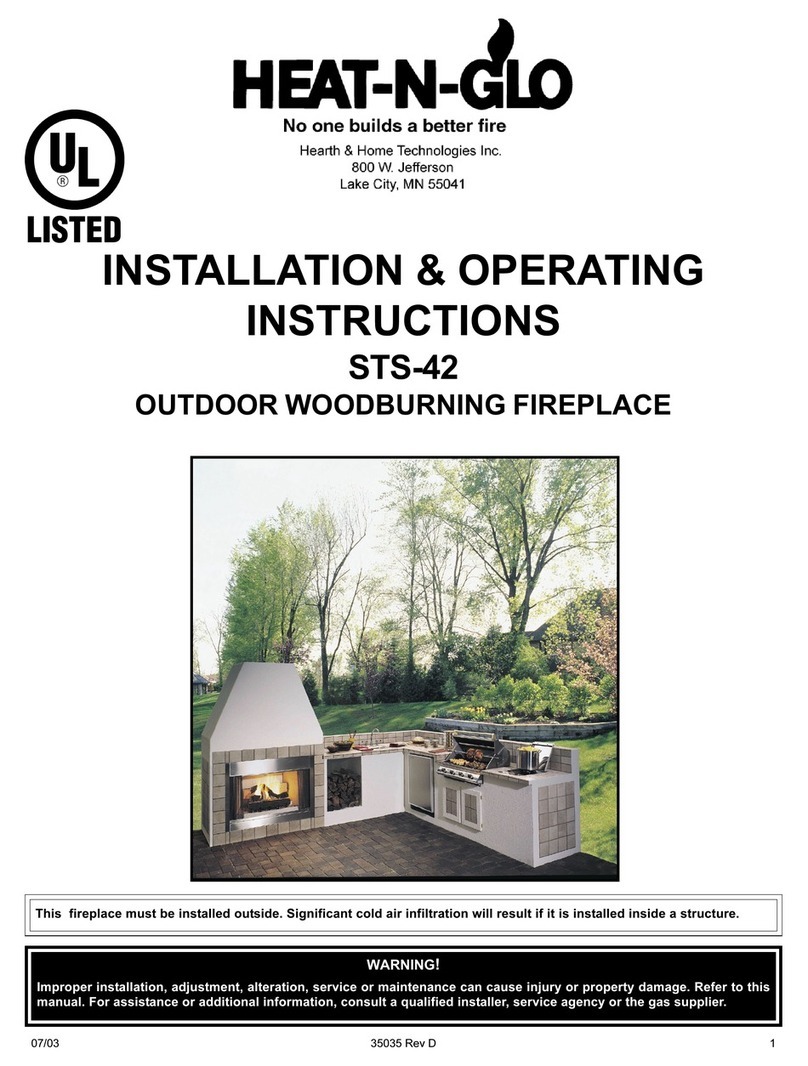
Heat & Glo
Heat & Glo STS-42 Installation & operating instructions

Heat & Glo
Heat & Glo MONTANA-42C owner's manual

Pur Line
Pur Line CHE600 user manual
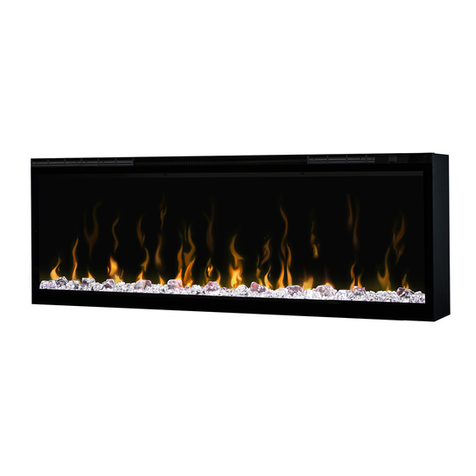
RealFlame
RealFlame Ignite RF XLF50 owner's manual

Silvercrest
Silvercrest SKE 1500 A1 operating instructions

RealFlame
RealFlame ELEGANCE 850 Installation & operating manual
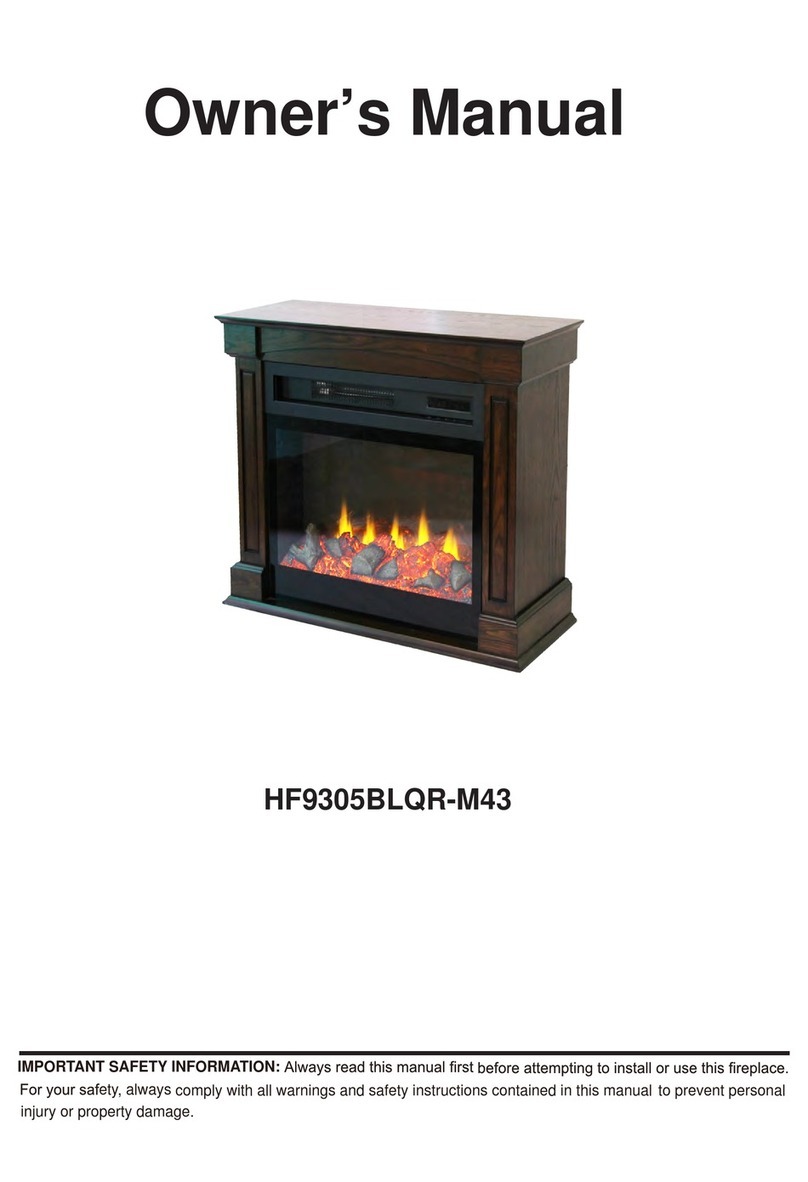
Life Smart
Life Smart HF9305BLQR-M43 owner's manual

